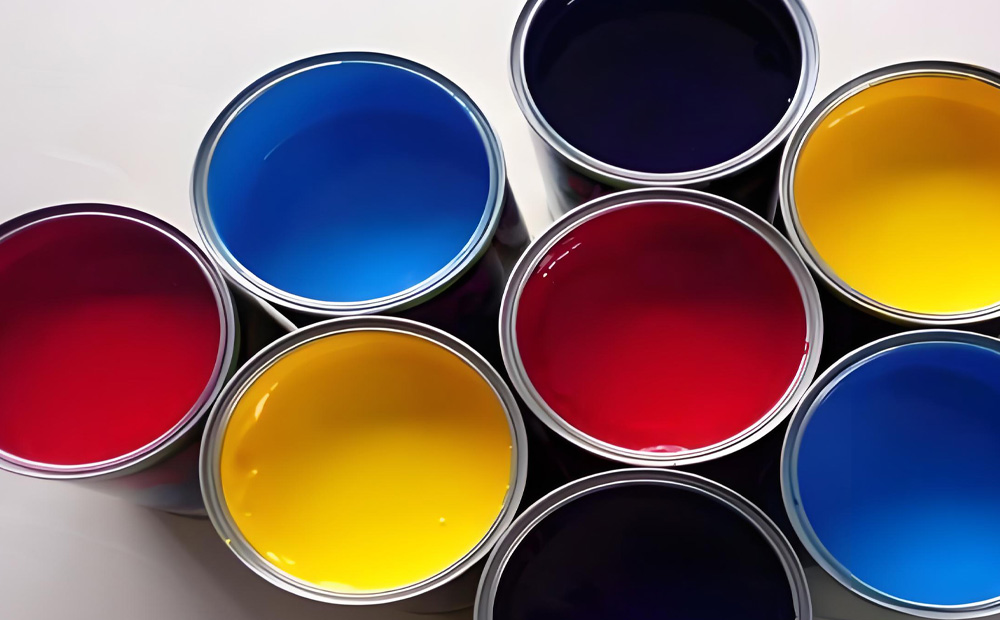Are UV inks food safe?
Date: Sep 25 2024 From: Star Color Views:
Food packaging, as an important means of protecting food quality, extending shelf life, and promoting sales, is increasingly receiving attention from all sectors of society for its safety.
UV ink, as an efficient and environmentally friendly printing material, has been widely used in the food packaging industry. With the continuous improvement of consumers' requirements for food safety, doubts about UV ink also occur from time to time. Here, let's take a look at whether UV ink is safe for food packaging.
Basic Overview of UV Ink
1. Definition and CompositionUV ink is a printing material that achieves rapid curing through ultraviolet irradiation. It is mainly composed of pre polymers with photo curing, active monomers, photoinitiators, and pigments. These components undergo cross-linking reactions under the action of ultraviolet light, forming a strong ink film, thereby achieving rapid drying and curing of printed materials.
2. Working principleThe working principle of UV ink is based on photochemical reactions. During the printing process, ink is applied to the surface of the substrate and then irradiated through ultraviolet lamps. Under the excitation of ultraviolet light, the photoinitiator absorbs light energy and generates free radicals or cations, thereby triggering crosslinking reactions between the prepolymer and the active monomer. This reaction is completed in a very short time, allowing the ink to quickly solidify into a film, thereby achieving rapid drying and curing of printed materials.

The advantages of UV ink in food packaging
1. Environmental friendlinessUV ink performs well in environmental protection due to its solvent-free and VOC free characteristics. Compared to traditional solvent based inks, UV ink does not produce harmful gases or waste liquids during production and use, greatly reducing environmental pollution.
2. EfficiencyThe curing speed of UV ink is extremely fast, usually completed within a few seconds. This efficiency not only improves production efficiency, but also makes printing quality more stable and reliable. In the food packaging industry, efficient production processes mean faster delivery speeds and lower costs.
3. SecurityCompared to traditional solvent based inks, UV ink also has significant advantages in terms of safety. Due to the absence of harmful substances such as solvents and heavy metals, UV ink poses less harm to the human body during use. During its curing process, it does not produce toxic or harmful gases, further ensuring the safety of the production environment and operators.

International regulation and standards for UV ink
In order to ensure the safety of UV ink in food packaging, governments and industry associations around the world have formulated corresponding regulatory standards and regulations.
1. International regulationThe regulatory requirements for UV ink and its photoinitiators are relatively strict in countries and regions such as the European Union, Switzerland, and South Korea. By formulating relevant regulations and standards, strict restrictions are imposed on the composition, content, and migration of UV ink.
2. Chinese standardsChina also attaches great importance to the safety of UV ink in food packaging. The relevant departments have formulated standards such as "Technical Requirements for Environmental Labeling Products - Offset Printing Ink", which clearly stipulate the content and migration of harmful substances in UV ink.
Overall,
UV ink is safe for food and does not cause harmful substances to migrate after printing and drying. UV ink has broad application prospects and significant advantages in the food packaging industry.
In printing, UV ink can further enhance the safety and reliability of food packaging, providing consumers with safer, healthier, and more environmentally friendly food packaging products.
 RU
RU
 EN
EN
 CN
CN


